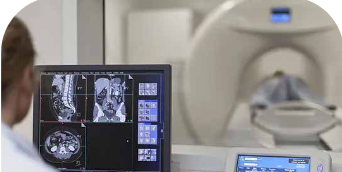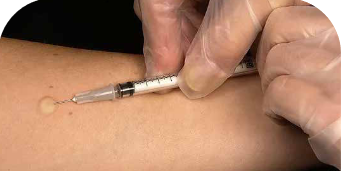Innovations to
impact future well-being
Development of new and improved therapies for treating diseases
with biologics, biotechnology, oncology, and virology research.
Our Product
Discover the products for well-being
Biotechnology is playing an increasingly important role in the development of new and improved therapies for treating a wide range of diseases. This includes developing new drugs, gene therapies and regenerative medicine approaches.
One of the major challenges facing the world today is how to feed a growing global population sustainably. Biotech and biologics innovations are helping to boost agricultural productivity and develop more resilient crops that can withstand pests, diseases and extreme weather conditions.
With the need to find cleaner and more sustainable sources of energy, biotechnology is being explored as a key area for potential innovation. The societal doings that bid bioscience and biochemistry in a veritable opening of latent—the model expertises are quickly fresh up as outgrowth progresses.
Biologics products are a type of therapeutic product that are made from living cells or organisms. They are used to treat a wide variety of conditions, such as cancer, autoimmune diseases, and infections.
A Vaccine and Biologicals Research and Development
company which offers cutting edge scientific services,
and products in the fields of Gene expression, Bacteriology,
Virology, Immunology, and Molecular Biology.

ROTAVIRUS
(Rotaviral enteritis)
Rotavirus is a double stranded virus from the genus Reoviridae that causes the most common form of diarrheal disease for infants and children around the world, resulting in close to 215K deaths and 2M having severe illness. It usually spreads through the Oral-Faecal route causing Watery Diarrhoeas, Severe Dehydration, Vomiting and Fever.
Rotavirus Vaccine protects against this Virus and is currently orally administered. The vaccines prevent 15–34% of severe diarrhoeas in the developing world and 37–96% of severe diarrhoeas in the developed world.

PNEUMOCOCCAL
(PCV10 – Infant , PCV25 – Adult)
Pneumococcal Vaccine prevents diseases caused the bacteria Streptococcus
Pneumoniae which include pneumonia, meningitis and sepsis. There are 2 vaccine categories – Polysaccharide and Conjugates. Conjugates are effective for children (Pediatric) while Polysaccharides are used for young adults to elderly people (Adults).
This Bacteria causes 1.4M deaths worldwide with 450 million people getting affected but mortality rates are highest among children and elderly.

HUMAN PAPILLOMA
(HPV Vaccines)
Human Papilloma Virus is a Virus which causes Cancer in particular Cervical, Anal, Vulva Cancers as well as Genital warts in women and teenage girls. The Vaccine which has to be administered from 9-13 years of age can substantially reduce the incidence of this cancers which are major cause of death in women by as much as 80%.
Currently, this virus causes 270K deaths worldwide and used in the National Immunization Program in most developed counties but its usage is low in Developing countries due to its very high cost.

MENINGITIS-CONJUGATE
(ACYW135 Vaccine)
Meningitis is a disease caused by the Neisseria Meningititis Bacteria and affects Adults and Children and spreads rapidly in crowded conditions and with close contact.
It causes Permanent Mental Retardation, Paralysis and Hearing Loss and is endemic to some regions and used in the National Immunization Program in some Middle Eastern countries.

DTaP
(Diptheria-Tetanus-Acellular Pertussis)
The DPT vaccine (DPT) is a class of combination vaccines against three infectious diseases in humans: diphtheria, pertussis (whooping cough), and tetanus.
The vaccine components include diphtheria and tetanus toxoids and either
killed whole cells of the bacterium that causes pertussis or pertussis antigens.

HEPATITIS B
(Hepatitis B Vaccine)
Hepatitis B is an infectious disease caused by the hepatitis B virus (HBV) that affects the liver; it is a type of viral hepatitis. It can cause both acute and chronic infection. Many people have no symptoms during the initial infection.
In acute infection, some may develop a rapid onset of sickness with vomiting, yellowish skin, tiredness, dark urine and abdominal pain. Cirrhosis or liver cancer occur in about 25% of those with chronic disease.

